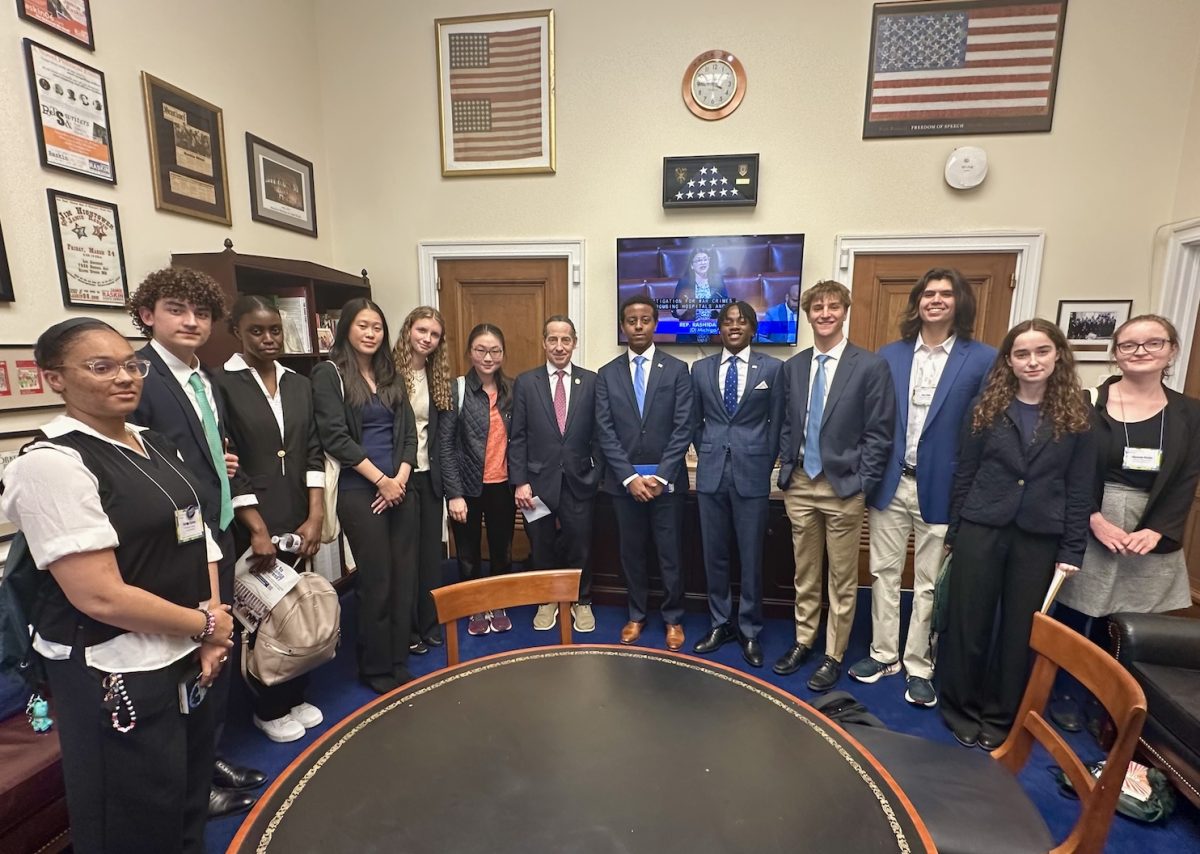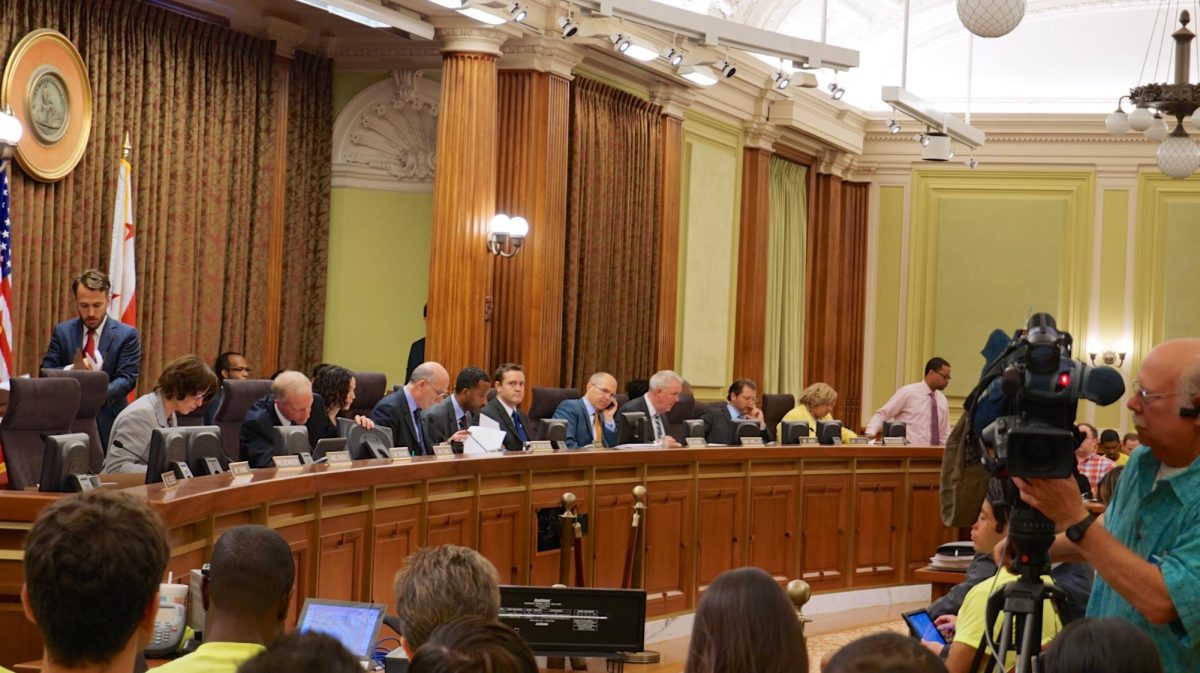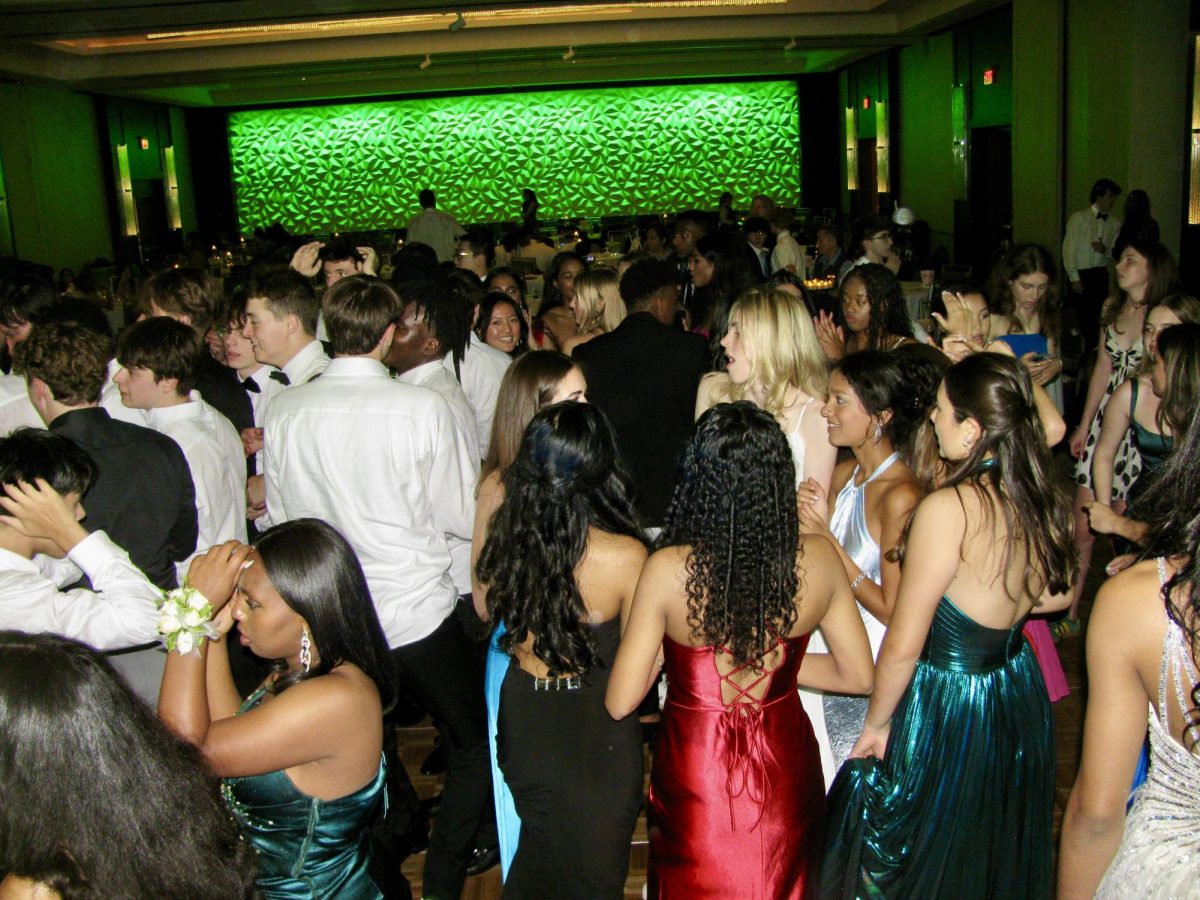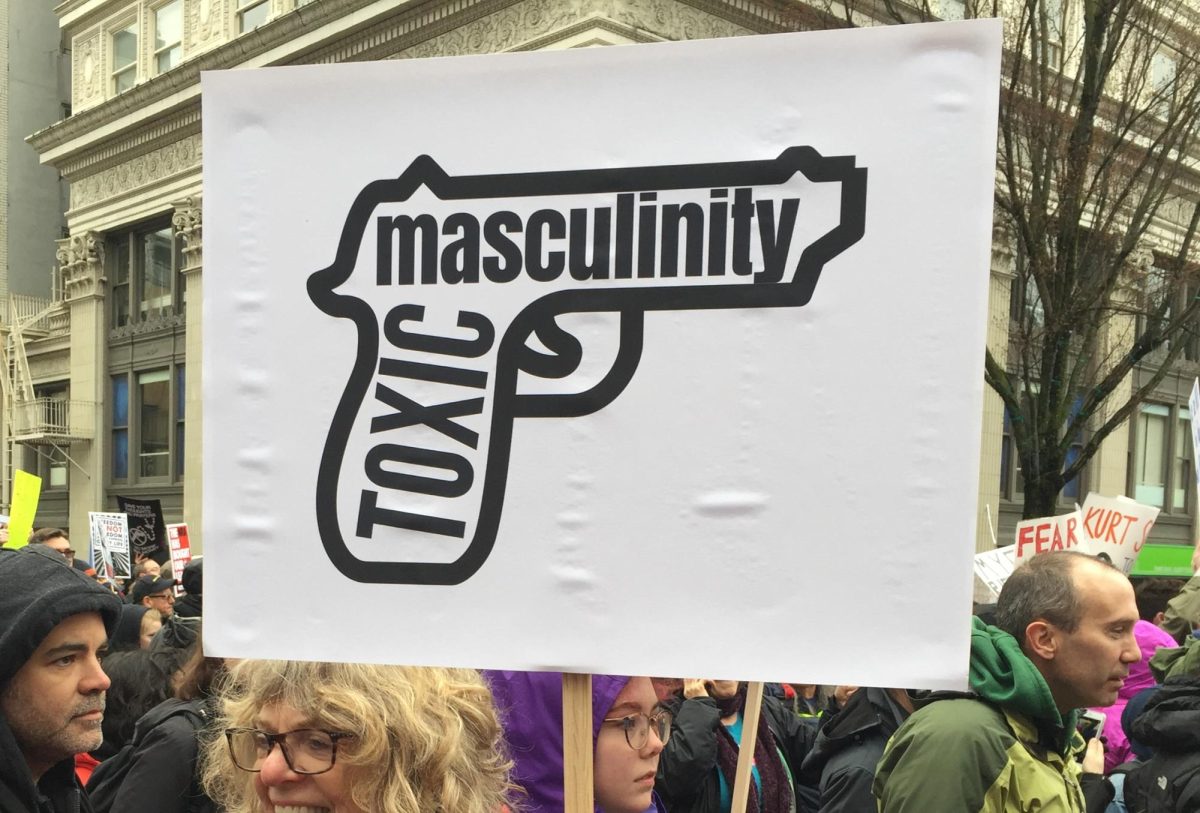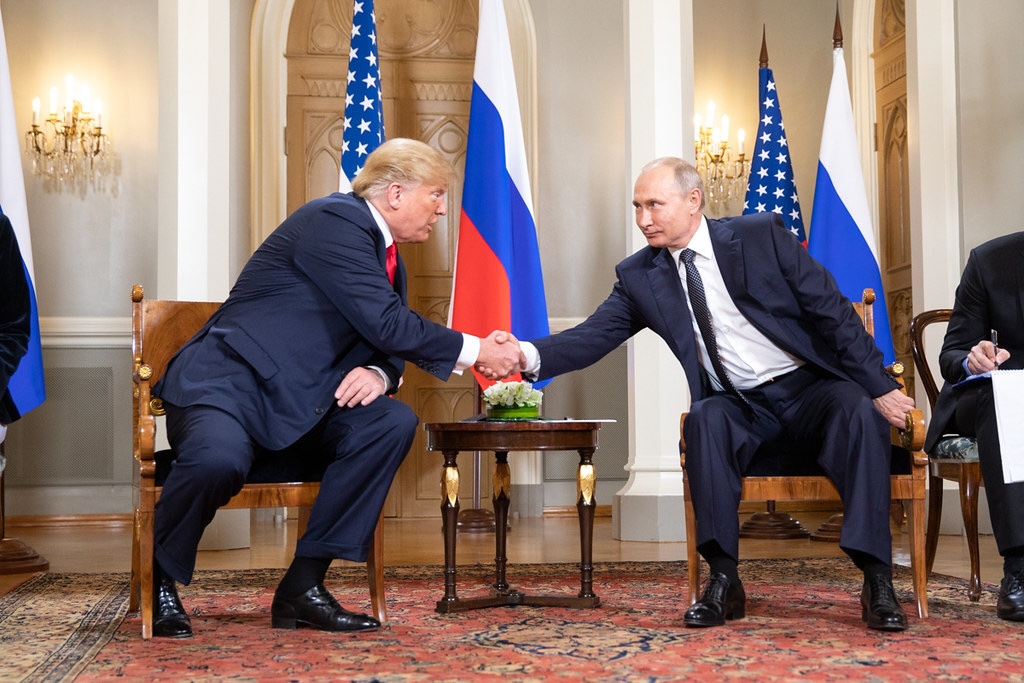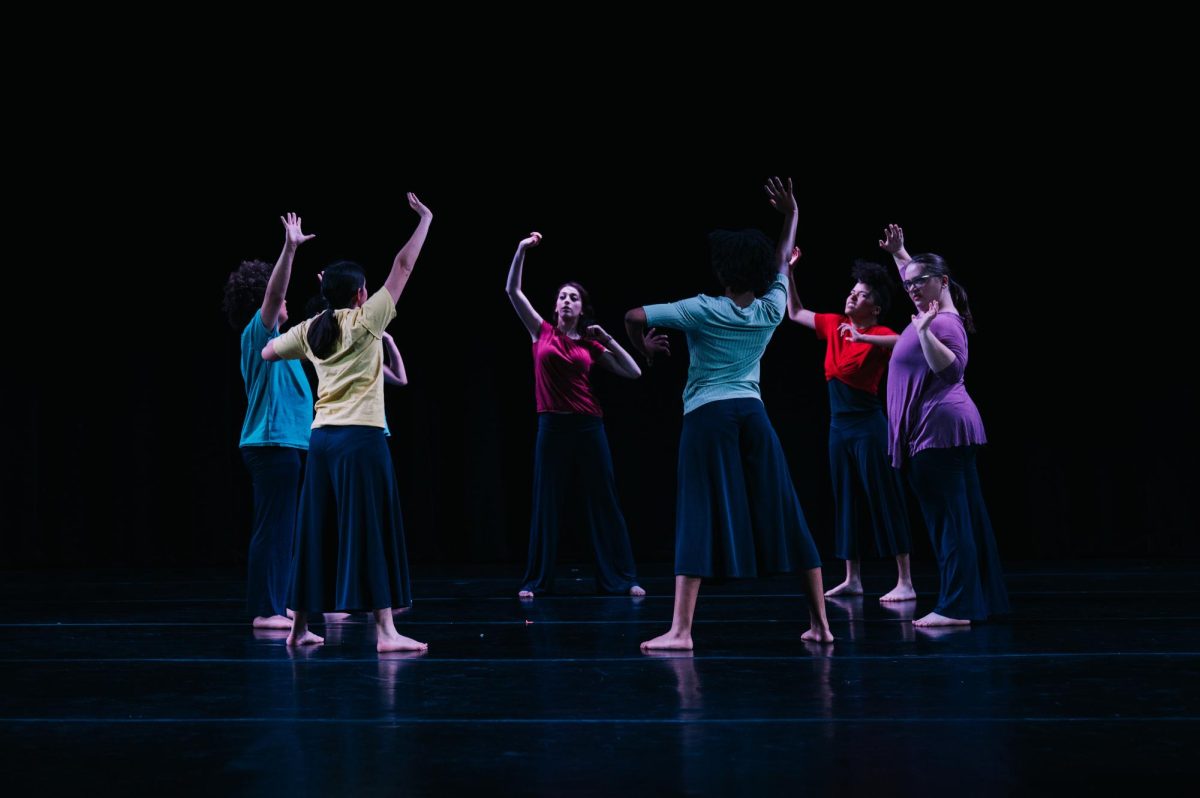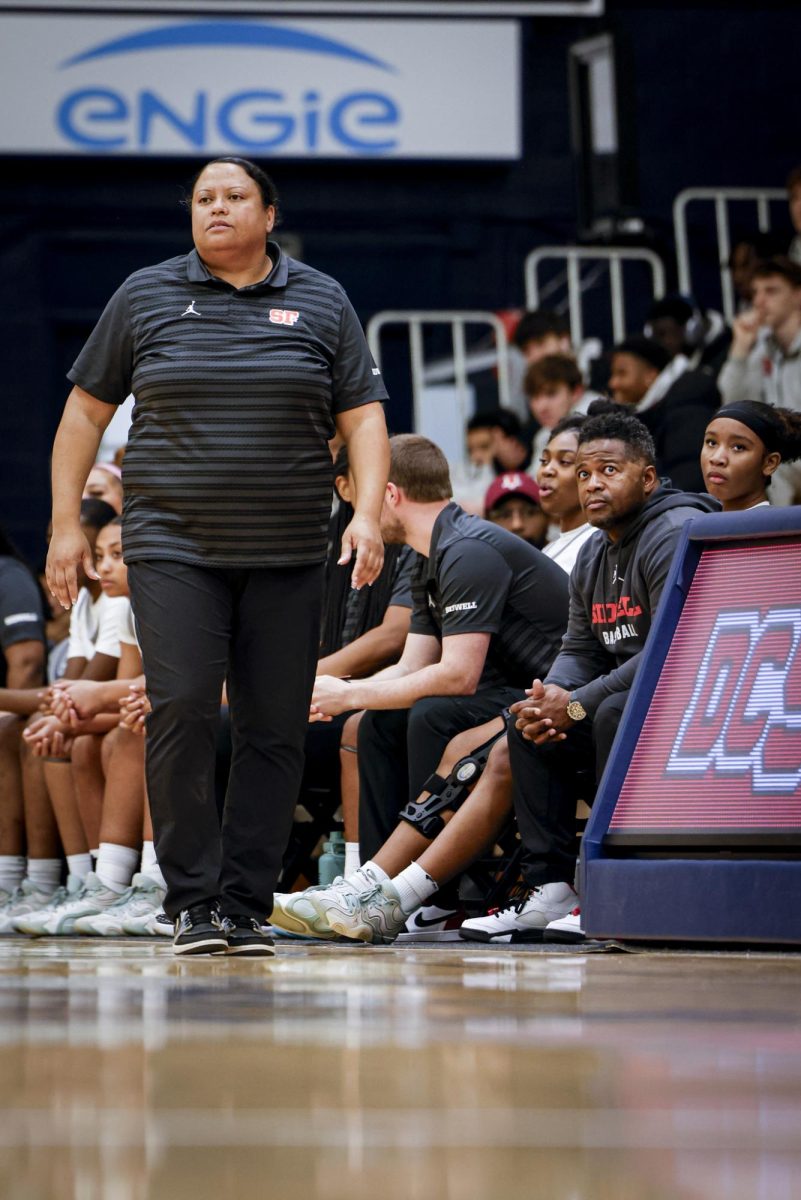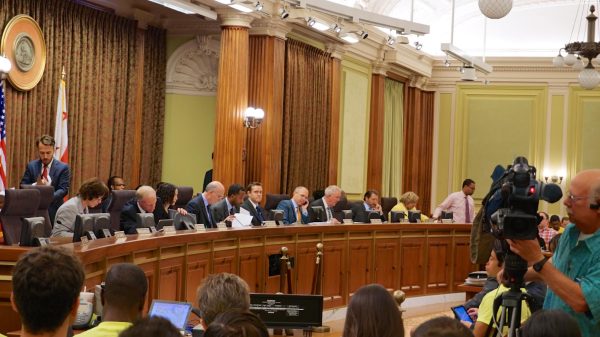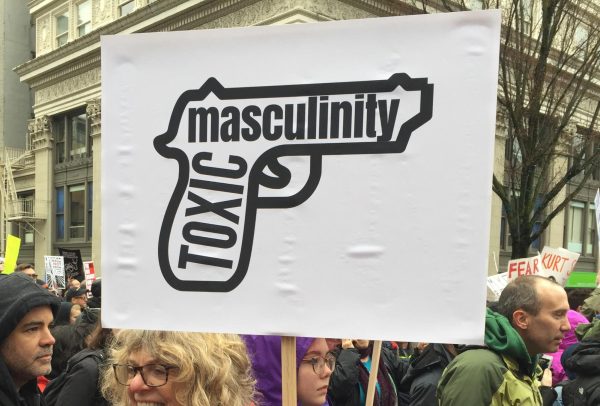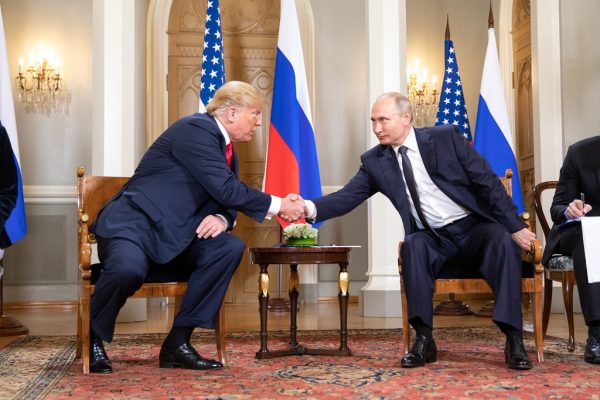Ranked-Choice Voting System Would Improve Election Representation
With the midterm elections approaching soon, the United States remains on uncertain footing regarding electoral policy. With midterm campaigns in full swing, there is increasing concern from legislatures as to how to approach this year’s elections. Recent years have brought a controversial system to public attention as a potential option: ranked-choice voting.
Faced with a dynamic legislative scene and chaotic partisan discourse, many see ranked-choice as a necessary shift. States such as New York and California have been incorporating ranked-choice into local elections, while Maine and Alaska already include it in national elections.
The new system, however, remains a polarizing matter, representing what would be a radical reformation of the long-standing electoral structure. Critics maintain that ranked-choice would allow parties to more easily manipulate elections and could be a dangerous disruption to the status quo. Furthermore, ranked-choice is a relatively unprecedented concept for U.S. federal elections, giving many legislators pause.
However, ranked-choice is a promising solution to ensure more representative elections and to allow for a diverse political environment without the trappings of a de facto two-party system.
American ranked-choice entails an electoral system in which voters rank candidates by preference rather than casting a singular vote as demanded by the current plurality voting model. Countries such as Australia and those within the U.K. already employ ranked-choice in national elections to a substantial degree of success. In ranked-choice, the winning candidate must receive the majority of the total votes, as opposed to the candidate with the highest number of votes. If none of the candidates initially receive greater than 50% of the votes, the least popular candidate is eliminated, and their votes are transferred to the second-choice candidates. This process can repeat as many times as needed until a majority winner is determined. The goals of ranked voting chiefly include greater voter participation and freedoms, as well as better representative elections.
Under our current plurality model, however, elections essentially function as they would in a two-party system. Due to Democrat and Republican dominance, most United States citizens rightfully feel that to vote for a third-party candidate is a futile, wasted vote. Ranked-choice would allow such votes to count toward their preferred candidate but then prevent it from going to waste if their first choice was eliminated by transferring their vote to their second choice. Ranked-choice would thus strengthen the moderate center and avoid polarizing extremism between Democrat and Republican candidates.
This method would also boost involvement from undecided voters, particularly allowing independent and third-party voters to feel adequately represented in the electoral process. Fundamentally, ranked-choice is an opportunity to break away from a constraining bipartisan structure and to increase the diversity of the candidates and parties in our elections.
Due to its unique political dynamics and history, ranked-choice is especially relevant in the United States. In 2016, for example, the electoral college and plurality system allowed for former President Donald Trump’s presidential victory over Hillary Clinton, despite losing the popular vote to her. Ranked-choice could have turned the tide in key states, such as Michigan, given the number of third-party votes. Left-leaning constituents, who would otherwise have voted for Clinton, swayed the race by instead voting for candidates like the Green Party’s Jill Stein. Furthermore, candidates who may have gained traction, such as Michael Bloomberg, stepped aside to avoid splitting the Democrat vote in Trump’s favor, a preventable step if ranked-choice becomes integrated. This phenomenon was similar to events of the 2000 presidential race, in which a split vote in Florida was the deciding factor in an election that otherwise likely would have gone to Al Gore.
Rather than allowing for parties to take advantage of the system, these examples demonstrate ranked-choice’s utility in creating fairer elections. Ranked-choice would require major adjustments and restructuring but could ultimately be the reform necessary to reduce our partisan division, additionally improving the overall representation of our elections.

Alix Nikolic de Jacinto is currently an Opinion Editor for Horizon, a position she held in the 2022-2023 and 2023-2024 school years. Prior to this, she...








